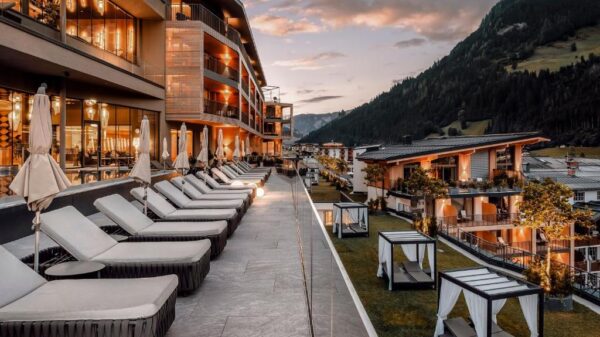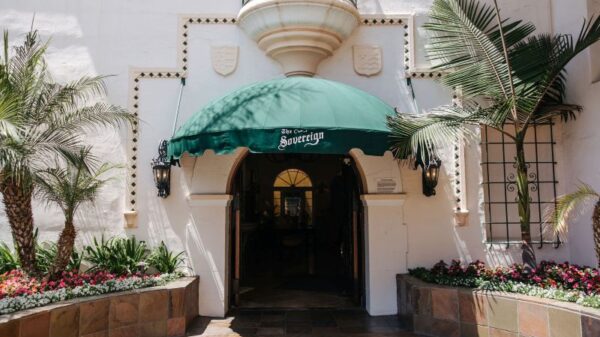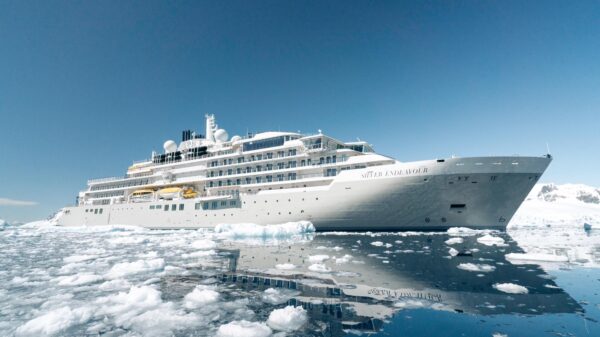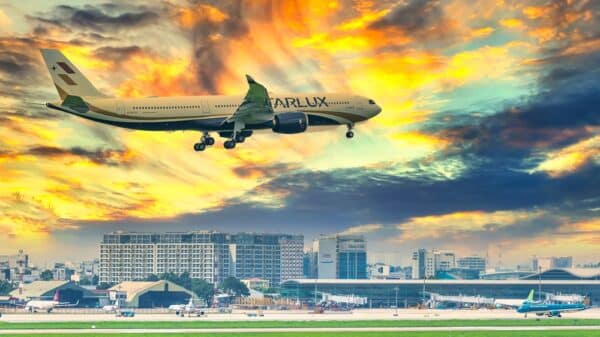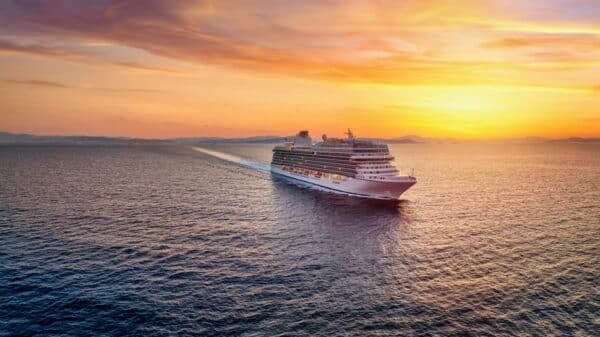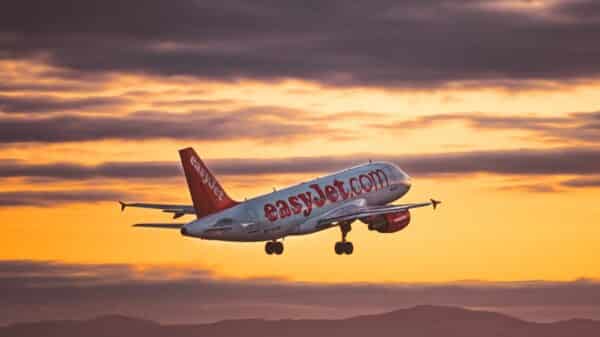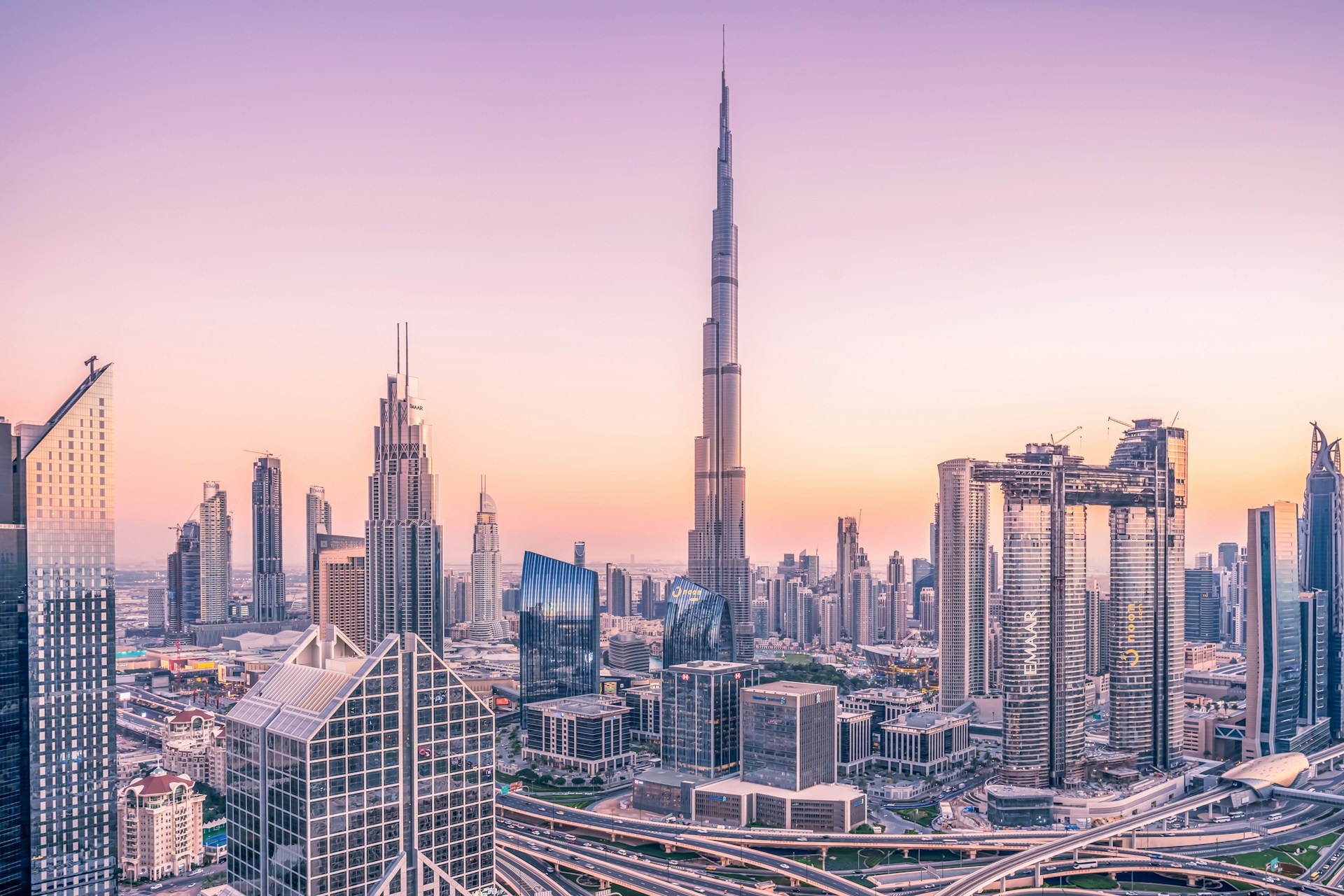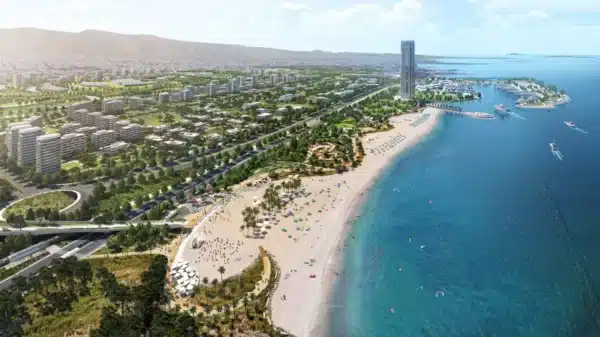Dubai’s tourism business is off to an impressive start in 2025, having welcomed over 8.68 million international tourists from January to May alone. This remarkable influx can be attributed to rising interest from several key regions, particularly the Middle East, Russia, and Australia. The emirate’s success in attracting diverse global markets stands out, bolstered by its state-of-the-art infrastructure, seamless connectivity, and a hospitality sector that’s almost at full capacity. With such a vibrant beginning to the year, Dubai firmly cements its role as a powerful player in global tourism.
The latest figures from the Dubai Department of Economy and Tourism (DET) indicate that tourist arrivals in early 2025 have grown by 7% compared to the same period in 2024, when 8.12 million visitors arrived. It’s these kinds of numbers that show not just a recovery post-pandemic but a booming interest in Dubai as a prime travel destination. The city’s appeal continues to thrive thanks to targeted marketing efforts, expanded flight options, and a variety of events and attractions catering to families, business travelers, and leisure seekers alike.
In May specifically, 1.53 million international visitors made their way to Dubai, adding to a remarkable overall count that reflects a consistent upward trend in global tourism rankings. This follows the record-breaking 18.72 million international visitors recorded in 2024, highlighting a sustained momentum that has Dubai firmly in the spotlight.
One of the most striking trends is the significant contribution from Western Europe, which accounted for 22% of visitors during the first five months of 2025, meaning about 1.917 million arrivals. The region benefits from close proximity to Dubai, excellent flight connections, and strong business and leisure ties.
Right behind Western Europe, we find a coalition of Russia, the Commonwealth of Independent States (CIS), and Eastern Europe, which together contributed 1.396 million tourists—making up 16% of the total international visitor count. This growing interest reflects an increasing desire for travel and exploration among these regions, as more individuals are seeking experiences abroad.
South Asia wasn’t far behind either, with 1.242 million arrivals, followed closely by countries in the Gulf Cooperation Council (GCC), which sent 1.275 million visitors. This affirms Dubai’s role as a central hub for leisure, shopping, and cultural experiences in the region, where ease of travel helps to foster a lively tourism dynamic.
The Middle East and North Africa (MENA) region brought in about 989,000 visitors, while Northeast and Southeast Asia collectively contributed 771,000 tourists. This uptick in Asian tourists can be attributed to the increasing travel expectations from nations like China, South Korea, and Singapore, where outbound travel continues to grow.
In terms of the hotel sector, Dubai is also reaping the rewards. The city had 825 active hotel properties by the end of May, offering 153,356 rooms, a notable increase from the previous year. With an average hotel occupancy rate hitting 83%, it shows not only are more visitors arriving, but they’re also choosing to stay longer, indicating a positive travel experience that encourages return visits.
During this period, tourists averaged 3.8 nights per stay, mixing short city getaways with longer business or leisure trips. Dubai offers an exciting blend of attractions, a packed events calendar, and excellent public transport, making it easy for visitors to explore all the city has to offer.
Hotel rates also reflect this growth: the average daily rate climbed to AED620, while revenue per available room increased to AED513. This upward trend illustrates a healthy demand for accommodations that allows hotel operators to optimize rates based on market demand.
Reflecting on 2024 as a record-setting year, with over 18.72 million international overnight visitors—a 9% increase from 2023—shows that Dubai’s tourism sector isn’t just surviving, it’s thriving. This significant growth arises from the collaborative efforts of various stakeholders in tourism, hospitality, and transport, working together to create an attractive destination.
As we look forward, Dubai’s promise as a welcoming, future-ready destination shines bright. Its unwavering commitment to improving infrastructure, fostering investor confidence, and enhancing the overall visitor experience solidifies its position in the competitive international tourism landscape. With everything the city has to offer, it’s no wonder travelers from all over the globe are eager to experience all that Dubai has to offer.
Image Source: Unsplash


